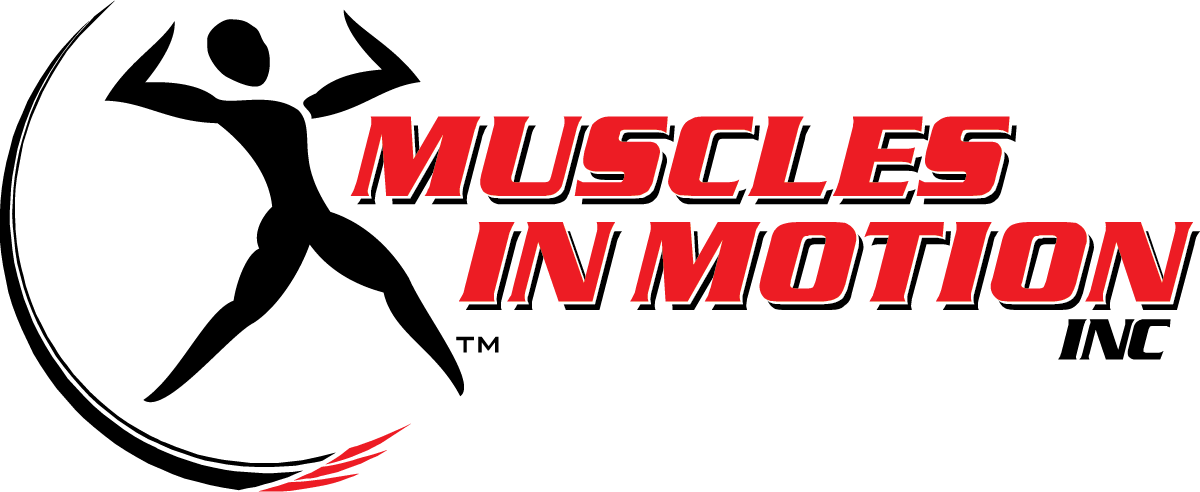Tendons vs Ligaments
A tendon is a cord of strong, flexible tissue, similar to a rope. Tendons connect your muscles to your bones. Tendons let us move our limbs. They also help prevent muscle injury by absorbing some of the impact your muscles take when you run, jump or do other movements. Your body contains thousands of tendons.
Because tendons connect every muscle in your body, a wide range of injuries and disorders can cause tendon problems. Tendon issues are more common with age. As people get older, tendons become thinner, have less blood flow and accumulate microscopic damage to fibers that weaken the tendon.
Most commonly, disorders that affect the tendons include:
Strains: Strains occur when you tear, twist or pull a tendon. Tendon strains often happen in your arms and legs.
Tendonitis: Tendonitis results when your tendons become inflamed, usually due to repetitive activities, overuse or aging. Tendonitis (also called tendinitis) often occurs in your Achilles tendon, elbow, hip, knee, shoulder or thumb.
Ligaments are bands of tissue that help connect bones, joints and organs and hold them in place.
A ligament can be stretched or torn. This injury is called a sprain. It occurs when a ligament is forced to move in the wrong direction or stretches too far. Sprains often happen during a sudden fall, twist or impact.
How can I keep my tendons & ligaments healthy?
Click here to continue reading!
